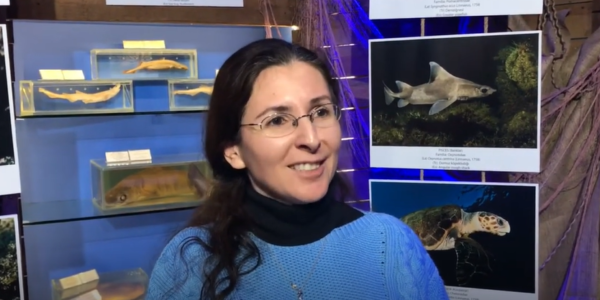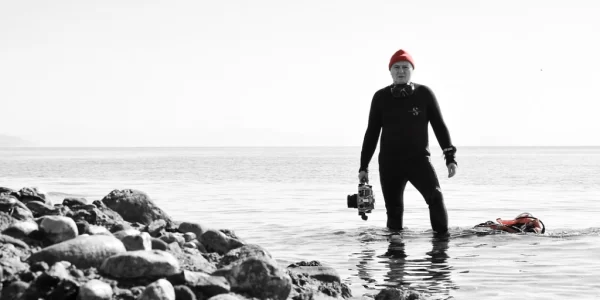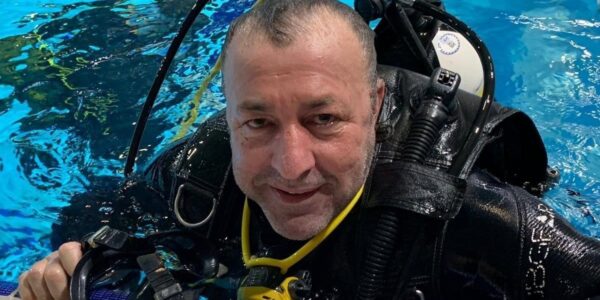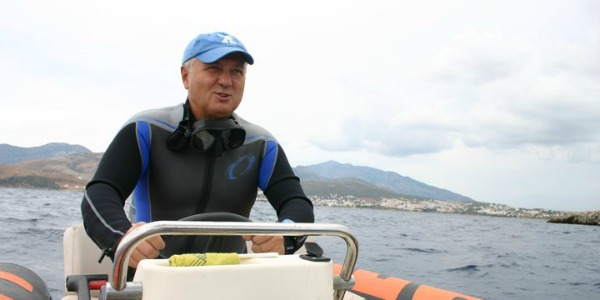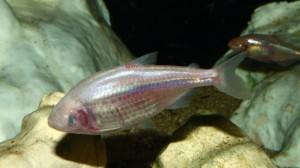A blind fish found in the pools of pitch-black Mexican caves uses high frequency waves it generates with its mouth in order to navigate, a group of Israeli researchers has found, in much the same way that bats use sound waves to do so.
In a study conducted by Tel Aviv University researchers and published last month in the Journal of Experimental Biology, the team observed a previously unknown mechanism by which Astyanax fasciatus, known colloquially as the Mexican blind cavefish, uses suction waves to create vibrations in the water around it and then measures its distance to nearby objects by detecting changes to water pressure on its skin.
Scientists had previously been aware of the fish’s pressure sensitivity — it is enabled by a system of organs known as lateral lines which exist in all fish, allowing them to feel nearby movements in the water – but the ability to actively generate such movement as a method of “seeing” in the dark is a new discovery.
The team, which included Roi Holzman, Shimrit Perkol-Finkel and Gregory Zilman, conducted experiments in which they observed the mouth movements of A. fasciatus specimens, noting that the fish made much more frequent movements when around new objects than when swimming in familiar territory. They also noted that the suction action increased dramatically the closer the fish came to solid objects, perhaps not unlike the way car proximity sensors beep at increasingly smaller intervals when parking in reverse.
The researchers described the technique as being somewhat similar to echolocation: the technique used by bats and several other animals including dolphins to gauge their distance to objects by emitting sound waves and measuring how long they take to bounce back. Unlike echolocation, the fish does not measure time but the subtle ways in which water pressure changes as a result of the suction movement.
Holzman told Live Science that while the newly discovered mechanism has so far only been observed in the Mexican blind cavefish, it could very well exist in other fish.
“It’s a mechanism made out of ancient material, and it just makes sense that other fish would have it,” Holzman said. “We haven’t tested it yet, but I’d really like to.”





